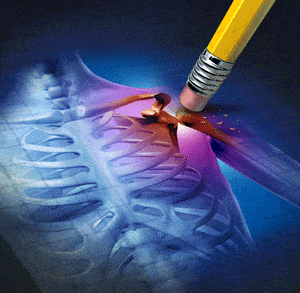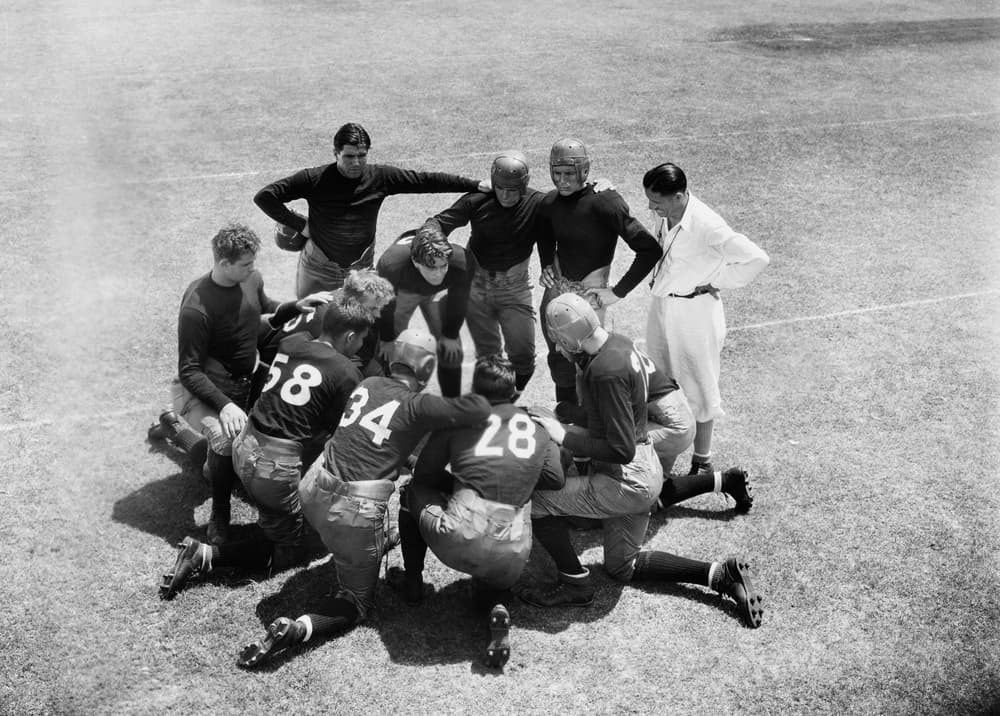Issues concerning chronic pain continue to dominate workers’ compensation claims across the United States. These issues include recognizing it, efficiently dealing with it and finding creative solutions to drive an effective program.
Understanding Chronic Pain
There are different types of chronic pain. When investigating a workers’ compensation claim, it is important for claim handlers to determine a potential diagnosis early on in the process, which includes a recognition of symptomology and familiarity of potential treatment protocols.
- Chronic Pain Syndrome: This is pain that continues for more than a month following an injury. It is characterized by persistent symptomology that interferes with daily life activities and the quality of life of an employee. Associated conditions can include numbness and tingling in the lower and upper extremities, psychological disorders (anxiety, insomnia, and other dysfunctions), and the inability to perform even light duty work activities;
Click Link to Access Free PDF Download
“How Do I Get My Adjusters To Follow My Account Handling Instructions?”
- Fibromyalgia and other Myofascial Pain Syndromes: Persons suffering from this condition have complaints of hypersensitive reactions to touch on various areas of one’s body. Other symptoms include muscle spasms and weakness in the upper and lower extremities. Studies indicate a person’s suffering from these conditions may have underlying psychological and/or psychiatric conditions.
- Pain Syndromes: These conditions are often referred to as Complex Regional Pain Syndrome (CPRS) or Reflex Sympathetic Dystrophy (RSD). Symptoms of these conditions include: burning or throbbing pain in the extremities (including hands and feet); hot/cold sensitivities; swelling and stiffness in joints; and changes in skin color, which include a reddish or bluish discoloration. It remains a mystery as to how these conditions develop and the effectiveness of various care plans.
State law or administrative rules are often used as a guide to help compensation judges or industrial commissions approve claims for these conditions. Careful research that includes case law should always be conducted by a claim handler to know the correct standard.
Reasonableness and Necessity of Care in Chronic Pain
All compensable medical care and treatment in workers’ compensation must be “reasonable and necessary.” Given a lowered burden of proof, courts will generally approve medical care if it is demonstrated to provide a benefit to the injured employee and aid in their recovery. When reviewing medical care, members of the claims management team should evaluate the following factors, especially when it involves chronic pain issues:
- Evidence of a treatment plan: All recommended medical care and treatment should have a defined plan to cure and relieve the effects of a work injury. Concerns should be raised when proposed care is open-ended.
- Documentation of treatment details: Questions should be raised (especially with physical therapy or chiropractic care) when it appears the provider is merely using a word processor to copy/paste the symptoms of an employee, the care provided and results of the treatment.
- Degree and duration of relief: While the standard of compensability in workers’ compensation is low, threshold matters of lasting and long-term relief should be present in medical records. If care appears to be palliative in nature, it should be aggressively defended.
- Frequency of medical care: Medical treatment parameters generally require long-term care to be on an “as needed basis,” and not based on a set schedule. Proactive claim handlers should scrutinize medical records to determine if patterns develop in medical care.
- Relationship between treatment goal and returning the employee to suitable gainful employment: In all but a few limited instances, the goal of any treatment modality should focus on returning the employee back to work following an injury. Dangers occur when the employee becomes deconditioned and does not improve the strength and endurance of an employee.
- The cost of medical treatment in light of relief: Finders of fact in workers’ compensation are generally more willing to approve a form of medical care and treatment if it has either a stated goal of returning an employee to work, diagnosing the underlying problem, or is rather inexpensive and/or non-invasive. Care can also become duplicative, which should be a concern. Examples of this include recommendations of chiropractic care in conjunction with physical therapy.
Conclusions
Dealing with chronic pain issues require members of the claim management team to be proactive. This includes understanding the dynamics of these claims and various effective treatment modalities. It also requires and deeper dive into medical records and investigating the claim to only pay for medical care that is reasonable and directed at returning the injured employee back to work.

Contact: mstack@reduceyourworkerscomp.com
Workers’ Comp Roundup Blog: https://blog.reduceyourworkerscomp.com/
©2019 Amaxx LLC. All rights reserved under International Copyright Law.
Do not use this information without independent verification. All state laws vary. You should consult with your insurance broker, attorney, or qualified professional.
















 Steps to Optimize Medicare Set Asides Before — and After — Settlement
Steps to Optimize Medicare Set Asides Before — and After — Settlement